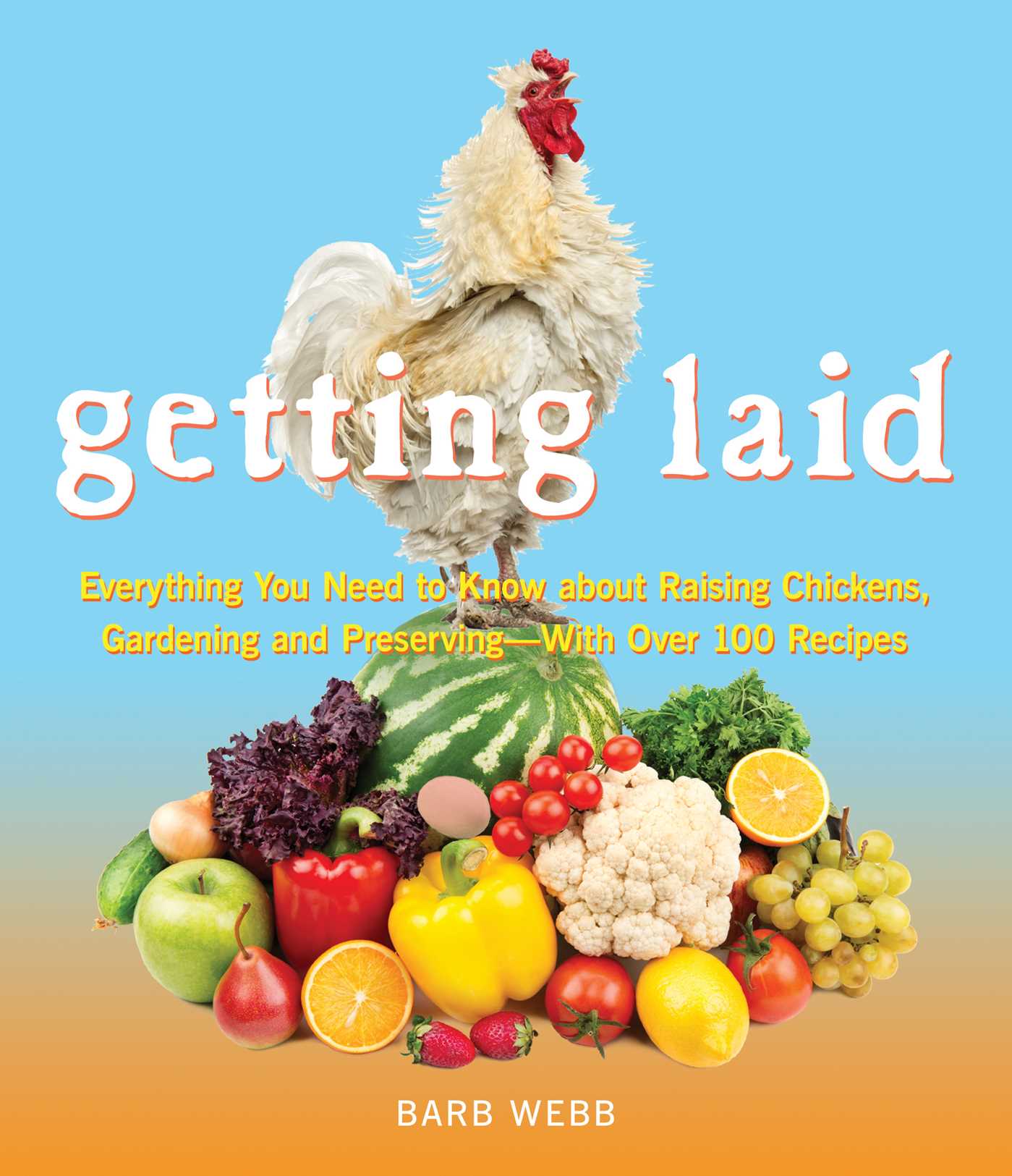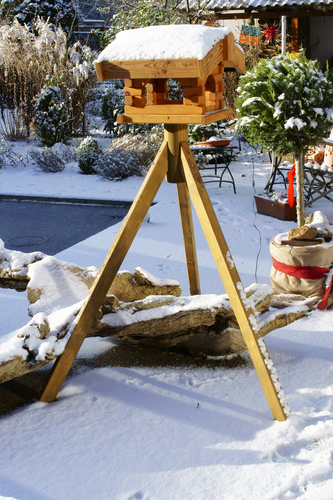In the winter, your garden pond is probably fairly quiet – hoses and pumps have been disconnected, and the pond itself may be frozen or drained. But there are ways to bring your garden pond to life in the winter by attracting wildlife. Here are four easy ways to attract wildlife to your garden pond in the winter:
1. Construct Shelters
One of the things that a pond can offer is a sort of sheltered oasis for cold, hungry wildlife. Shelter is one of the things wild animals need in winter. Put up birdhouses to give birds a place out of the wind where they can roost at night. And you may find a delightful surprise in spring if the birds choose to nest there!
Rock piles are another form of shelter that do well around ponds, and may already be a part of your water-scape. Loosely pile rocks if they are not there already, and allow leaves to accumulate in and around the rock pile. This can provide shelter for ground-dwelling birds, frogs and toads, and small rodents such as chipmunks.
2. Plant Shrubs
Evergreen shrubs are an excellent shelter for wildlife in the winter, and they look lovely around a pond. Plant American holly for a protective, bristly shelter for birds – its red berries also provide food. Hardy rose bushes provide juicy, red rosehips (berries) in cold weather. Deer are attracted to shrubs that bear berries as well. White spruce and balsam fir are also favorites among wildlife for shelter.
3. Provide Drinking Water
Water is a resource that is surprisingly hard to come by in winter. Most water sources are frozen or dry, so consider keeping at least some water in your pond. Since your pump and hoses are probably disassembled, you can just pour in a bit of water. Use warm water to thaw any ice, or use an electric warmer. A reliable water source will attract all kinds of wildlife, from birds and squirrels to deer.
4. Provide Food
Food is also scarce in winters, especially in harsh climates with a great deal of snow. You can hang a traditional bird feeder around your pond, or set out a shallow dish of food. Depending on the method of feeding, you can attract chipmunks, squirrels, deer, and birds to your pond.
Remember that high-fat foods are especially beneficial in winter, and include fatty seeds and grains like sunflower seeds, peanuts, and corn. You can also mix dried fruits, grains and nuts with suet or leftover kitchen fats (such as bacon, sausage, or chicken fat chilled until solid) and smear it on your rock pile or food plate.
If you provide these things around your pond, you may be able to view species you have never seen before, such as grouse. Your pond area can be a wonderful oasis for a variety of wildlife, providing needed food and shelter for the animals and viewing pleasure for you during the winter months!




These are great tips. I’d love to make my pond area look this festive.
Thanks Linda! 🙂 Love decorating outdoors but have to admit that my biggest problem there is taking everything down. One year I still had Halloween decorations up at Christmas time lol